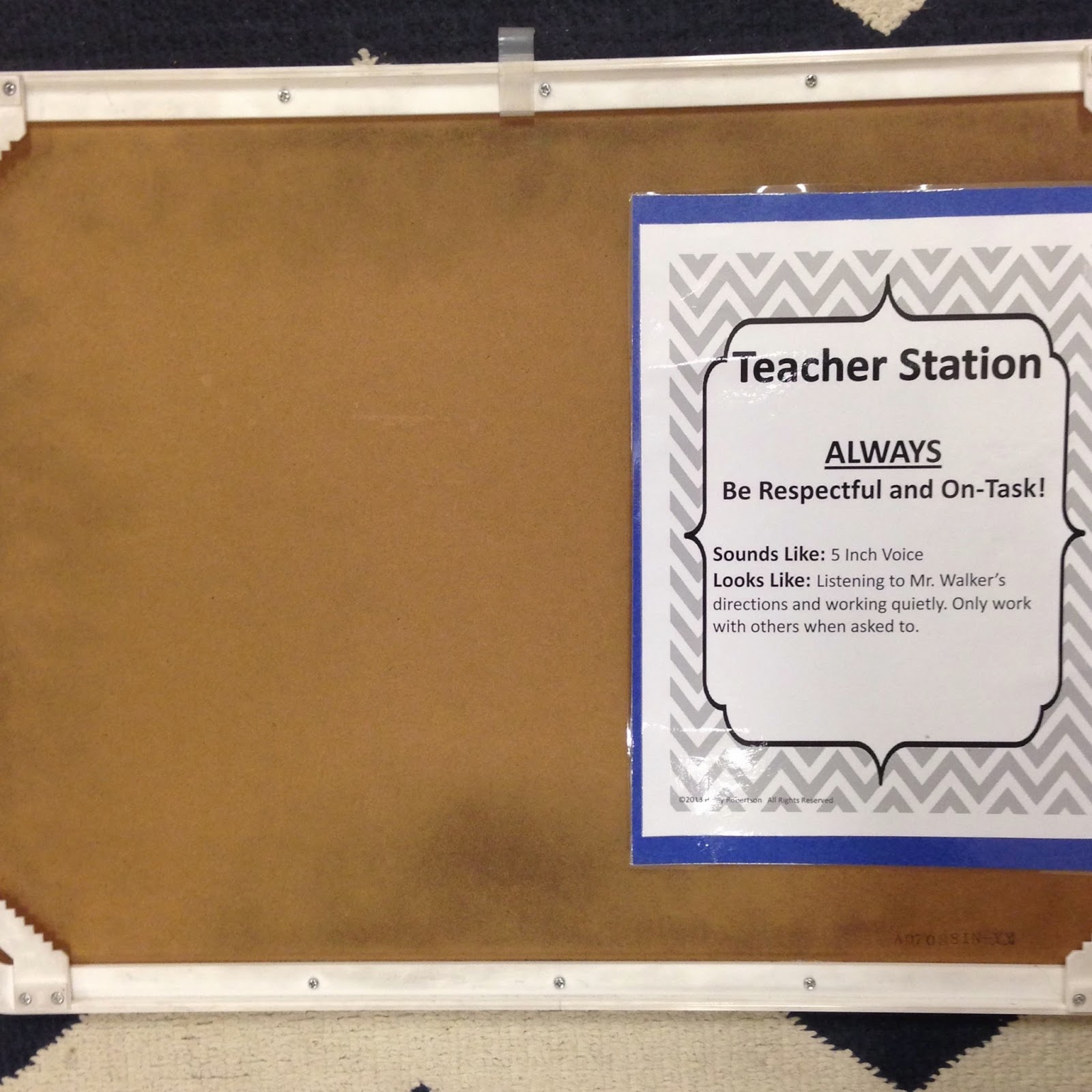Math Stations
This year my school started to transition to skills based groups for our math instruction. At first, I was scarred out of my mind. I had never taught anything other than whole group instruction and didn't really feel the need to switch. After researching all over the web and talking to other teachers about how they were going about this transition, I thought I should give it a go.
At first, I tried to ease my students in. I knew that just like me, they had limited knowledge when it came to small group instruction. I started by teaching whole group instruction for the first half of our math block and then having them play a multiplication math game for the second half. After a couple days of this, I started to add in more stations until I was up to the four I am at now.
There are 4 stations that each student visits daily. Our math block is only 1 hour long, so each rotation lasts for about 15 minutes. I have 24 students that I split into three groups of 8. The reason I split them into 3 groups instead of 4 is because I don't want students starting at the independent practice. So, I have my average group start with me at the teacher instruction station, my advanced group starts at games, and my emerging group starts at math calendar. The last group that sees me at the teacher instruction station is my emerging group. After they have left my station, I follow them to the independent practice station in order to give them another 15 minutes of teacher guided help.
These stations include: Teacher Instruction, Independent Practice, Math Calendar, Games.
Teacher Instruction
While students are at this station, I lead them through the daily lesson. I usually use a large white board and the students each have a journal that they take notes in. The lessons are short, but get right to the point. Having only 8 students at the station at any given time really helps me see what my students know and what they still need help with. I can also tweak my lessons for each group based on their prior knowledge and how fast they are learning the material.
Independent Practice
This station is used to reinforce the daily lesson through practice of the skill taught. I often use a worksheet that has around 8 to 15 problems depending on the difficulty of the skill. These worksheets can be found from many different websites, but I often find myself using the website Common Core Sheets. They have tons of materials that connect to the Common Core and are sorted by skill and grade level. While students are at this station, they know they must complete their work before they can move on to the next station.
Math Calendar
One of my last stations that I added to my rotations was math calendar. This is a station that allows my students to review prior materials that we have learned throughout the school year or from years before. I first found this idea on The Creative Apple blog. I created booklets for each of my students with the pages she has for sale on TPT. After purchasing the pages, I printed enough for each students to use for the entire school year. Then, I bound them with a binding machine we have at my school. The students know that they have to keep it nice for the entire school year and for the most part they have. (There are always those few who manage to get their covers ripped off.) Each week my students work on these questions while they are at this station. Most students are able to finish while they are at that station and when they do, I have them read silently or work on unfinished work.
Games
For our games station, I started by having my students play a game called "Snake". I found this game on another blog called Guided Math by Mary Mueller. It is a great multiplication fact game to play as a whole group or with partners. (It could also be modified for addition facts.)After a few weeks, another 4th grade teacher and I found a math fact fluency website called Reflex Math that uses games to help students gain their facts and hold onto them. This website seemed different than others. When students first start, they have to play a typing speed test to see how fast they can type. After that, they move on to games that help them practice specific facts that they need help with. After they have completed a certain amount of problems and have gotten them correct, they get to move onto games that they can choose from. These games help them practice their facts while having fun! The best part about the games is that if they decide to switch to another game, their level stays with them. They also don't have to worry about picking their grade level, as the game remembers it every time they log back in. I was worried at first that my students would become bored with the games, but it was just the opposite. My students continued to gain a love for the games. It has been 5 months and we are still going strong.
How did I pay for this program you ask. Well, after looking at their website for about a half hour, I came across a grant for teachers to use. They give two per school and so I wrote them in. In about two weeks I was set up with an account and I was up and running.






No comments:
Post a Comment